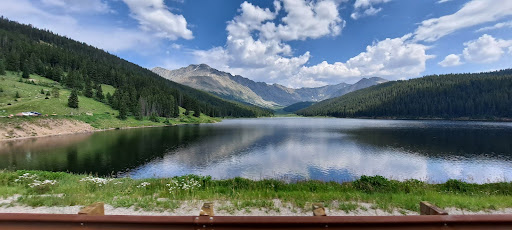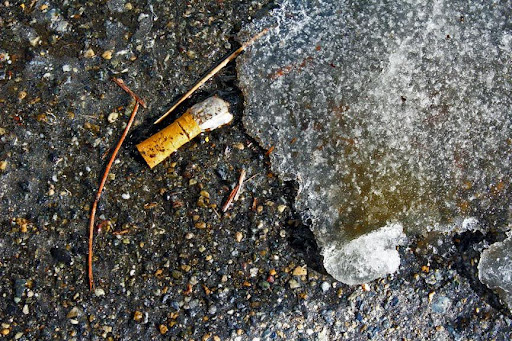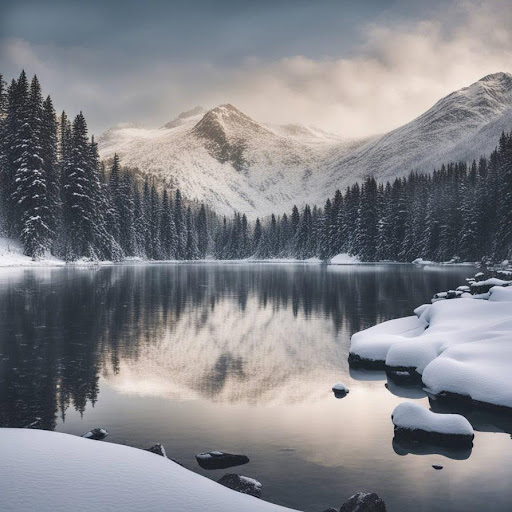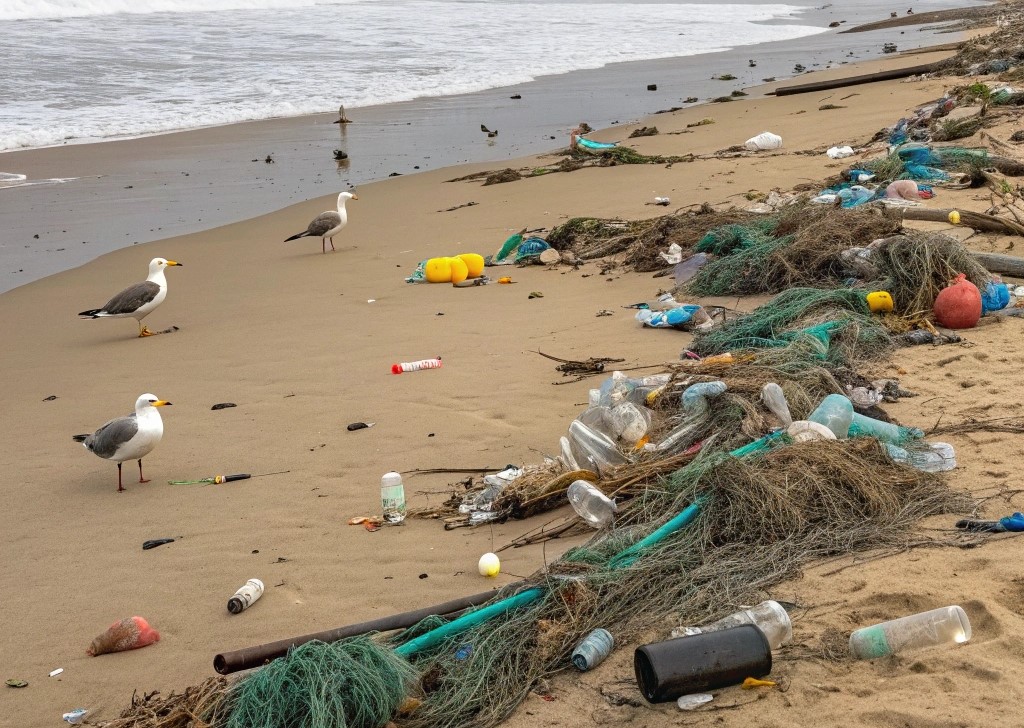In early October, 200 climbers needed to be rescued from Mount Everest due to bad storms that rolled in. While the world is delighted in their safety, one must ask: Are humans at part to blame for these dangerous hiking conditions?
Climate on Mount Everest recently
As phys.org states, due to warming temperatures previously, a few snowy slopes of Mount Everest have melted into streams of running water. Moreover, with the temperature of “shallow ice” already being close to its melting point already, dangerous conditions are constantly developing–with previous landmarks now at risk of being destroyed. Additionally, as abcnews.go.com says, weather patterns in the region are also becoming more erratic, making it more unsafe and unpredictable for climbers to research. Thus, signs of climate change may be reaching new heights in this world.
Human effects on Mount Everest
But, other human factors cannot be ignored. The once untouched mountain is now a “hot spot” for hikers, as well. Ian Taylor Trekking breaks it all down. “According to the Himalayan Database, just over 7,000 people climbed [to the summit of] Mount Everest.” Sir Edmund Hillary of New Zealand is noted as the first–the year was 1953. But in the 70 years since, “Mount Everest has been climbed over 12,884 times, with 6,000 ascents made by Nepalese people.” Annually, roughly 800 climbers actually make it to the top–creating fewer trail blazers as compared to trail followers.
 As more and more people make the trek up the mountain and share their stories online, others are inspired to follow in their footsteps–the effects of which can literally be seen. Although Sophomore Gael Huerta is not among those who has hiked “The Roof of the World,” this EHS student has climbed many a hillside–including those mountains encountered on the Colorado Trip. He notes this about hiking trails’ affects on the environment: “It has a bad impact on the local environment–disturbing it. And, hikers are [sometimes] ignorant about their surroundings and throw their trash everywhere.”
As more and more people make the trek up the mountain and share their stories online, others are inspired to follow in their footsteps–the effects of which can literally be seen. Although Sophomore Gael Huerta is not among those who has hiked “The Roof of the World,” this EHS student has climbed many a hillside–including those mountains encountered on the Colorado Trip. He notes this about hiking trails’ affects on the environment: “It has a bad impact on the local environment–disturbing it. And, hikers are [sometimes] ignorant about their surroundings and throw their trash everywhere.”
 In fact, Sagarmatha National Park–in which Mount Everest is located– receives approximately 100,000 visitors per year, leaving behind their own trail of trash. As education.nationalgeographic.org points out, the number of visitors directly correlates to the increasing pollution, stating that each person on average generates about eight kilograms of trash that gets left on the mountain. With about 100,000 visitors per year, that’s about 800,000 kilograms of trash (1,800,000 pounds)–almost 882 tons of garbage–that gets left on the mountain each year. In more visual terms, this is roughly the equivalent of leaving 22 semi-trucks (by U.S. regulations) worth of trash on the mountain annually.
In fact, Sagarmatha National Park–in which Mount Everest is located– receives approximately 100,000 visitors per year, leaving behind their own trail of trash. As education.nationalgeographic.org points out, the number of visitors directly correlates to the increasing pollution, stating that each person on average generates about eight kilograms of trash that gets left on the mountain. With about 100,000 visitors per year, that’s about 800,000 kilograms of trash (1,800,000 pounds)–almost 882 tons of garbage–that gets left on the mountain each year. In more visual terms, this is roughly the equivalent of leaving 22 semi-trucks (by U.S. regulations) worth of trash on the mountain annually.
“I feel like it would have a serious effect,” shares Ms. Kylie Giger, who helped lead last summer’s Colorado Trip. “Maybe not immediately,” she adds, reflecting on the possible damage that hikers cause,”but after a while, it’ll build up and negatively affect the surrounding area, such as the water or local wildlife and plants.” Having witnessed this in Colorado, Riley can only assume that similar damage is occurring on other highly trafficked trails.
Is anything being done?
Both governments and non-governmental organizations are attempting to clean up Mount Everest. One in particular is the deposit initiative, which has been running since 2014, requiring climbers to pay a deposit of $4,000. Climbers only get it back if they bring eight kilograms of trash back with them. Only through large campaigns can the world keep Mount Everest from becoming a mere mountain of trash.




















